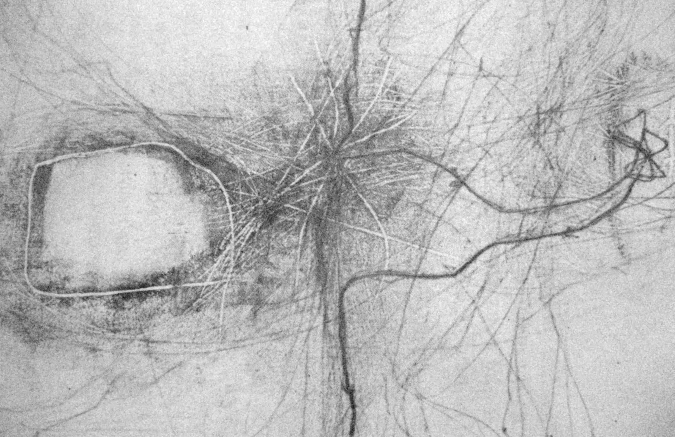NOW OUT in Distinktion. Journal of Social Theory – Available at : https://www.tandfonline.com/doi/full/10.1080/1600910X.2020.1861044
Abstract
In this piece, we introduce the notion of ‘atmoculture’ as a conceptual tool to analyse the new forms of mobility supported and enacted by digital algorithms. In historical perspective, we analyse how modernity has created a movement-space where the problem of finding one’s way through an increasingly ‘displaced’ urban space first popped up, with noticeable psycho-social consequences. Reconstructing the new digital media as a continuation of this spatial imagination, we seek to zoom in onto the forms of mobility facilitated by digital algorithms. Urban digital navigation, we suggest, proceeds in parallel with a reorientation of the urban experience towards atmospheric considerations, maximising safety and pleasurableness in the user’s encounters with the environment. In this context, atmoculture appears a spatial-aesthetic, psycho-cultural, and bio-technological milieu that prepares space for convenient navigation. We discuss a number of consequences: first the disburdening effect, whereby subjects delegate to a number of perceptions and decisions to algorithms, expropriating the natural problem-solving aspect of subjectivity; second, the invisible transformations of urban space due to the biases and skews that are built in algorithms themselves; third, the tensional, even contradictory outcomes of atmocultural expectations, whereby the goal of a secure and pleasant environmental interaction is undone by the very quantity of information provided and the level of alertness required from the user.
Keywords
Spatial perception; Urban mobility; New media; Hodology; Urban Navigation; Urban atmospheres; Atmoculture
